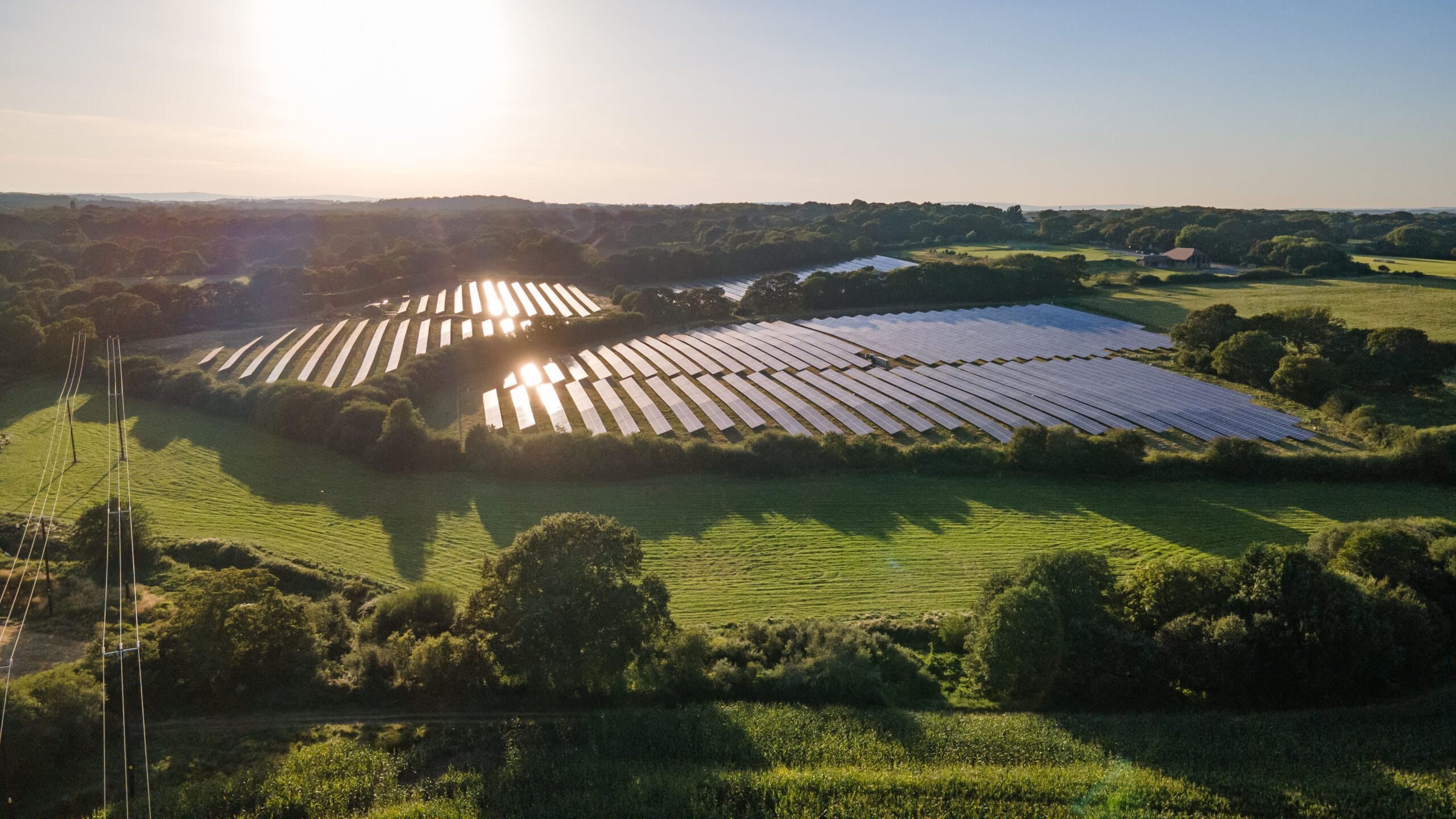Brownfield homes relieve pressure on green belt
A new residential development in St Albans will soon offer contemporary homes in the town, providing much-needed accommodation for local people. Planning consent has been granted for 37 dwellings to be built on the site of a former builders’ merchant. The scheme in Cape Road will reuse the brownfield site to deliver high-quality, sustainable and affordable homes while protecting the green belt and reinforcing the local authority’s Brownfield First agenda.
Development proposals included the demolition of the existing buildings and construction of 25 apartments and 12 townhouses. Motion supported property development company, Cresswick St Albans Ltd, with transport planning which included detailed analysis of on-street parking. The company’s advice also covered vehicular and pedestrian access, sustainable travel, delivery and servicing and cycle parking provision.
Objections overcome

Motion Regional Director, David Lewis, explains, “One of the challenges was the impact of the new development on parking which required careful discussion and liaison with the local authority to reach agreement. The team successfully demonstrated that the proposals would not have a severe impact on the operation of on-street parking and that sufficient space was provided to accommodate expected demand.”
Director at Cresswick, Nick Harrison, comments, “Motion assisted us from start to finish. The team dealt with a contentious parking issue as the proposed development is surrounded by three streets with limited space to park. An extremely thorough approach was taken and ultimately one that overcame objections and helped to win the argument with the planners.” Nick adds, “Motion also contributed to the Section 106 agreement.”
New tree planting and large shared green spaces will boost biodiversity. Utilising the vacant industrial site will help take pressure off the area’s green belt to meet its housing target and support the local authority’s ambition to create a greener and cleaner St Albans.
Image Credit: © SWAP Architects
An abridged version of this article first appeared in the Summer 2022 edition of Insight



